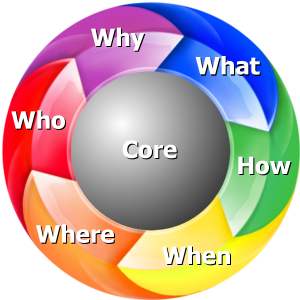10.Converting Desires into Outcomes
The core of innovation is satisfying desires. Desires are imprecise, subjective, personal, and frequently change. That makes desires unsuitable to directly use for innovation.
What a person wants changes based on the situation. Time, place, and activity all change the situation. Different people value different things in similar situations. Their desires can be satisfied differently from someone else's desires.
The subjective nature of desires makes it difficult for even customers to express their desires. Not being able to accurately express desires makes it hard for customers to ask for what they want or to explain why a product or service didn't satisfy their desires.
To solve the problem of subjective desires, we convert subjective desires into objective Outcomes. “Customers buy products and services to help them get jobs done.” (Ulwick, 2005, p.xvii) Put in the context of performing the job, the subjective desires can be expressed as objective Outcomes. Using the product produces an Outcome. When all the required Outcomes have a desired State, the job is done and the desire is satisfied.
Desires are always in the context of doing some “job”. We call that context the Scenario. The required Outcomes for a Scenario always remain the same. Customers can satisfy their desires in very different ways. They can choose different Scenarios to satisfy their desires, however, the Outcomes for each Scenario always remain the same. Some people relax from exercising while others find reading a book relaxing. The fact that a person chooses exercising or reading a book to relax does not change the basic requirements of those two very different activities.
Instead of trying to satisfy subjective desires, we allow the users to choose tasks that satisfy their desires and we satisfy the objective requirements of the task. Desires can be broken down into one or more objective Outcomes by describing the Scenario and each criteria needed to satisfy the desires of that Scenario. Illustration 43: Objective Criteria is a flowchart of how to describe a Scenario and Objective Criteria.
An example of a Scenario is eating sticky peanut butter:
This describes a specific situation, “eating peanut butter.” It also gives a general description of the goal, “not sticking to the roof of my mouth.” Now lets write an Objective Outcome for that goal:
This is an observable and measurable criteria. The number of times the person licks can be observed and you can measure it by counting the number of licks. The objective criteria both allows you to measure the level of satisfaction and it describes exactly what needs to be done to satisfy the desire.
The criteria has three parts.
- Object
- Direction
- State
One way to make peanut butter less sticky is to make it thin like a liquid. Runny peanut butter is not desirable so we should add another criteria.
If I lick the roof of my mouth less than 3 licks and
the peanut butter is more than as firm as jelly I will be satisfied.
This second criteria has a less scientific unit but it is something that can be measured. The customer might not be able to give exact units but the description is accurate enough for innovators to make a comparison or possibly calculate an actual measurement to use. In this case some measurement of viscosity is likely appropriate but all you need is a consistent criteria that can be observed and reliably communicated.
The stickiness of peanut butter is one aspect of eating peanut butter. The flavor, smell, and visual appearance are other factors that may need to be considered.
The criteria has two parts. The first part broadly but objectively describes the desire, “I don't like peanut butter sticking to the roof of my mouth.” The second part is the specific criterion for satisfying the desire. For problem solving you need the specific criterion; however, for innovation work you will mainly use the descriptive portion. This involves restating it in a more generalized form such as:
When stated this way it is called an Outcome. Outcomes are composed of 7 Elements: Object, Begin States, End States, Actions, Tools, Conditions, and Resources. The Object is the feature that possesses a State that we are trying to optimize. In this example the Object is “texture.” The number of licks and the viscosity are States.
Emerging Expectations
Since innovation must satisfy unmet desires it's aiming at a continually moving target. The unmet desires of today will be the bare minimum requirements of tomorrow. Innovation must stay ahead of the desires so you have the time to design, develop, and deliver the innovation at the right moment.
The way to stay ahead is to focus on the criteria several steps ahead of the currently available products. You can do this by imagining the ideal product then looking backwards at each step needed to reach that ideal product from the current product.
Every Outcome has an ideal perfect criteria. As innovation occurs, each of the Outcomes moves closer to the Ideal State. The criterion needed for each successive innovation will be closer to that ideal until all the Outcomes achieve the theoretical maximum achievable state. This is why we don't specify the specific criterion for Outcomes when doing innovation. We are always trying to improve on the current level until we reach the ideal.
Each innovation improves one or more Outcomes enough to satisfy the emerging expectations. It is important to not try to offer products that are ahead of the market. Design products 2 steps ahead, develop products 1 step ahead, and deliver just-in-time. Products that are too far ahead will often require extra marketing expense to promote or won't have sufficiently advanced technology or infrastructure to affordably deliver the product.
To improve an Outcome an innovation must do one of the 3 things: maximize the State, minimize the State, or match a specific State. You will notice those are three of the five directions from the Alternatives Grid, Direct +, Indirect -, and Stable =.
You can improve an Outcome by increasing, decreasing, or equaling the desired result. For example, if the goal is to heat something, an innovation might be to decrease the time it takes to heat it. That would be minimizing the time.
Another way of improving an Outcome is to minimize, maximize, or match the range differences for the State. Instead of looking at a single State, a range of States might be desirable. When you select clothing you typically aren't maximizing or minimizing a look. You want clothing that can fit with a wide range of looks and work with other clothing you own. You want to maximize the range of your wardrobe.
Precision components must control size and position to fit together. However, it is not necessary to have the exact size and position as long as all the components are close to the same. The goal is to minimize the range of sizes and positions for all the components.
In the game of baseball the desired State is for the batter to hit the ball away from where players on the other team can catch it. This is a type of matching range. The criteria will use the words “not equals.”
More on Outcomes
Outcomes are not an exact science. It takes significant practice to become proficient at writing Outcomes.
To quickly gain expertise in writing Outcomes attend a Predictive Innovation® workshop. The Predictive Innovation® website has a list of self-paced, instructor led online, and in-person training options to help you gain expertise.
| Chapter 9 | Chapter 11 |
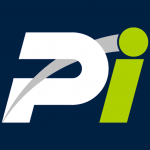

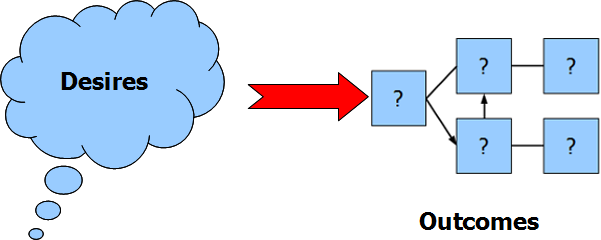
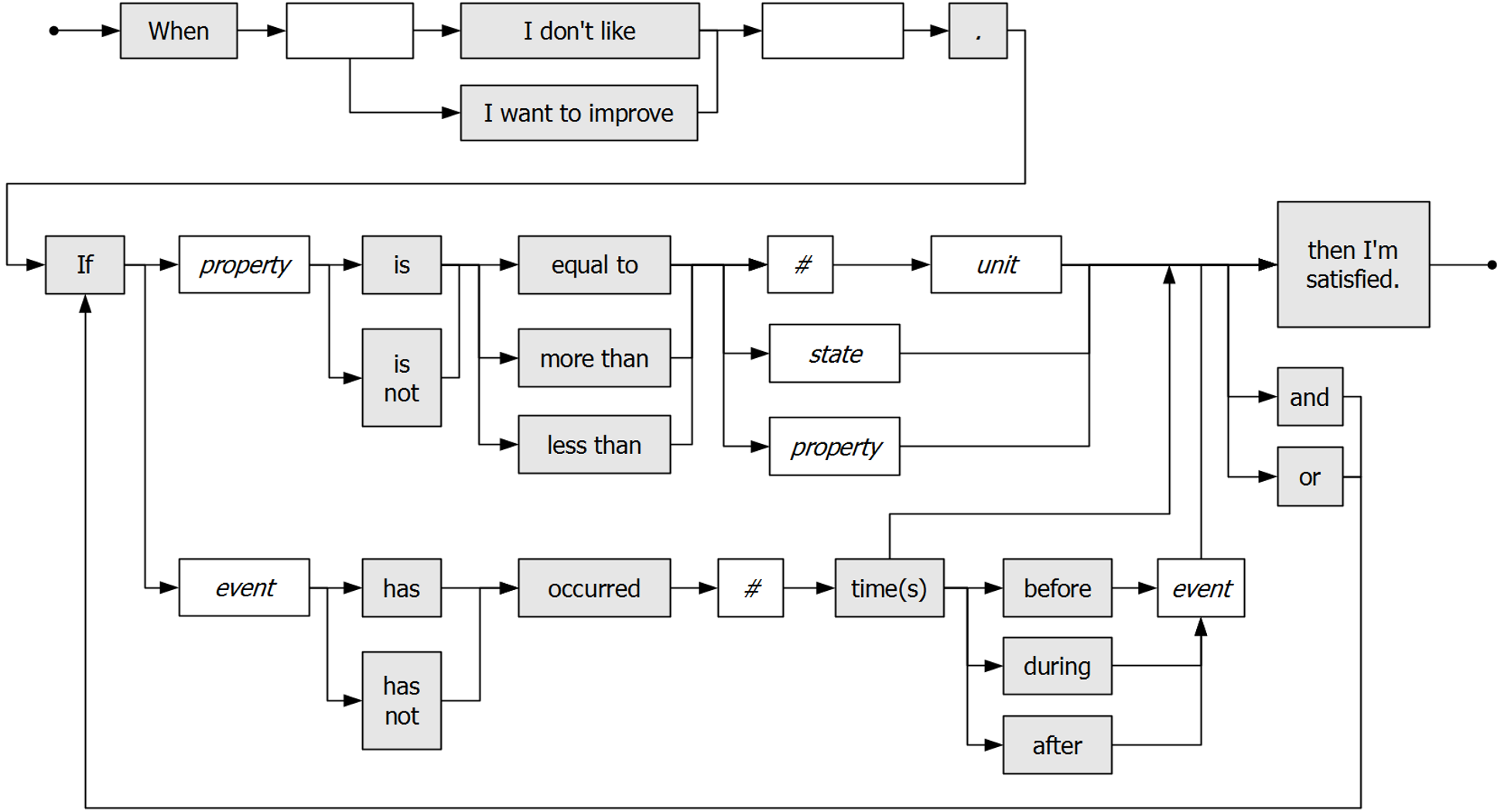


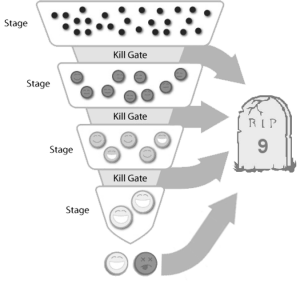
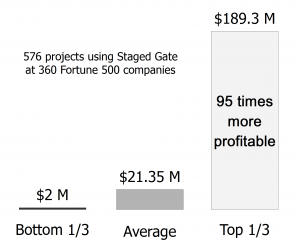
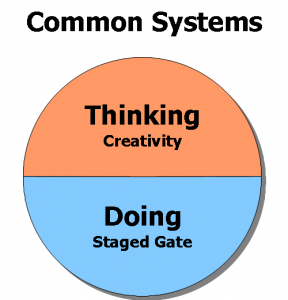
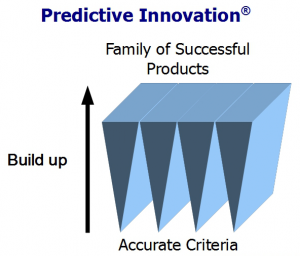
 That unexplored idea space is missed opportunity. It's also increased risk from competition or that the easier higher profit idea was never tried. Notice that the ratios of the idea space are nearly identical to the profits of the projects in the Staged Gate study. The Top performers explored more of the idea space resulting in 96% success and 95 times more profits.
That unexplored idea space is missed opportunity. It's also increased risk from competition or that the easier higher profit idea was never tried. Notice that the ratios of the idea space are nearly identical to the profits of the projects in the Staged Gate study. The Top performers explored more of the idea space resulting in 96% success and 95 times more profits.